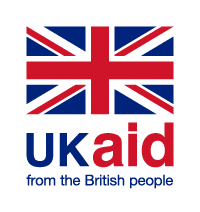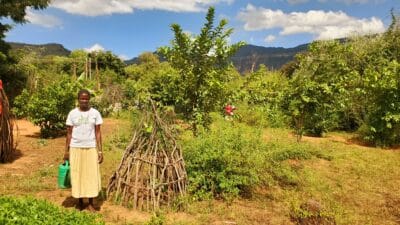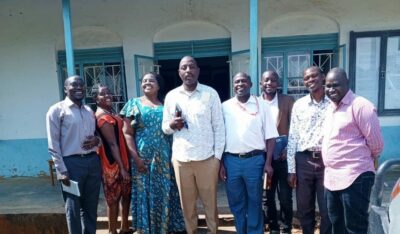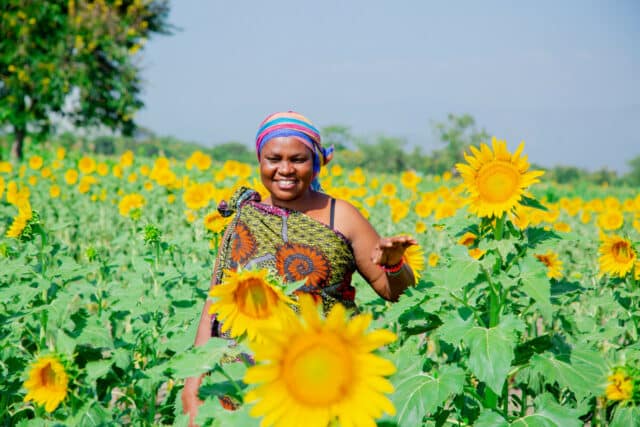News
Uganda
20 October 2021
Empowering women in the coffee sector in Uganda
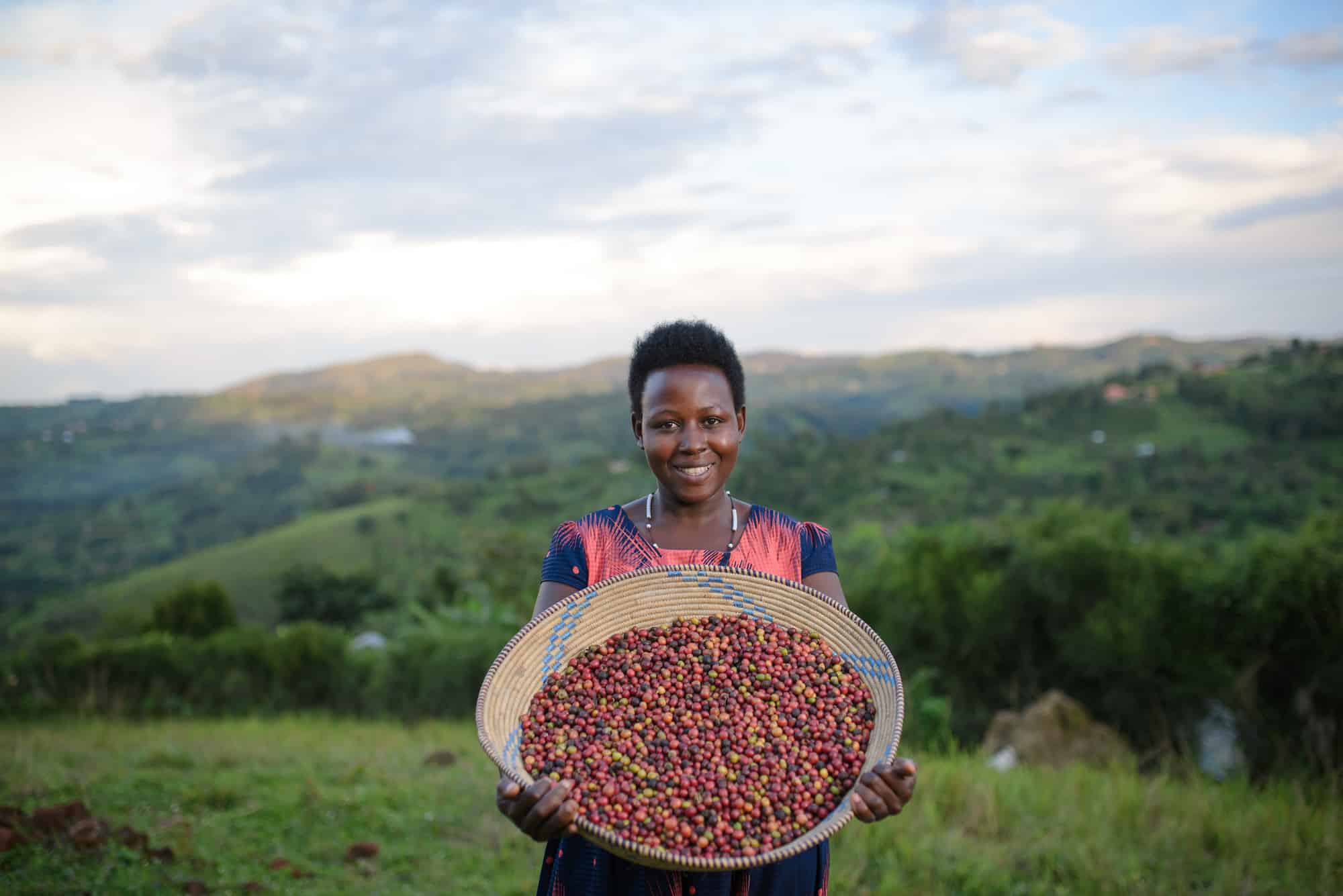
Photo: Farm Africa / Jjumba Martin
“Now women can have some money to buy Vaseline, plait our hair, put on good shoes and clothing from the money we have been able to earn from the sale of our coffee”, Hildah Turyamusiima, Rwamanyonyi Coffee Farmers Group, Kambuga Town Council.
“Women now have some money and don’t have to rely on men for anything. If you as a woman need to buy meat, you get from your money and buy and the man finds you when you have already enjoyed your meat. Gone are the days when women had to heavily rely on men for everything including undergarments”, Grace Twongirwe.
These are testimonies from just two of the women coffee producers who participated in and benefited from the charity Farm Africa’s Empowering Women in the Coffee Value Chain project in the Kanungu district in southwestern Uganda.
Launched in September 2019, with funding from UK aid from the UK government, the project provided 2,640 women coffee producers in Kanungu with support to access the coffee market, participate in coffee cooperatives, take on leadership roles, and change decision-making dynamics within households so they can have more say over the profits generated from their agricultural efforts.
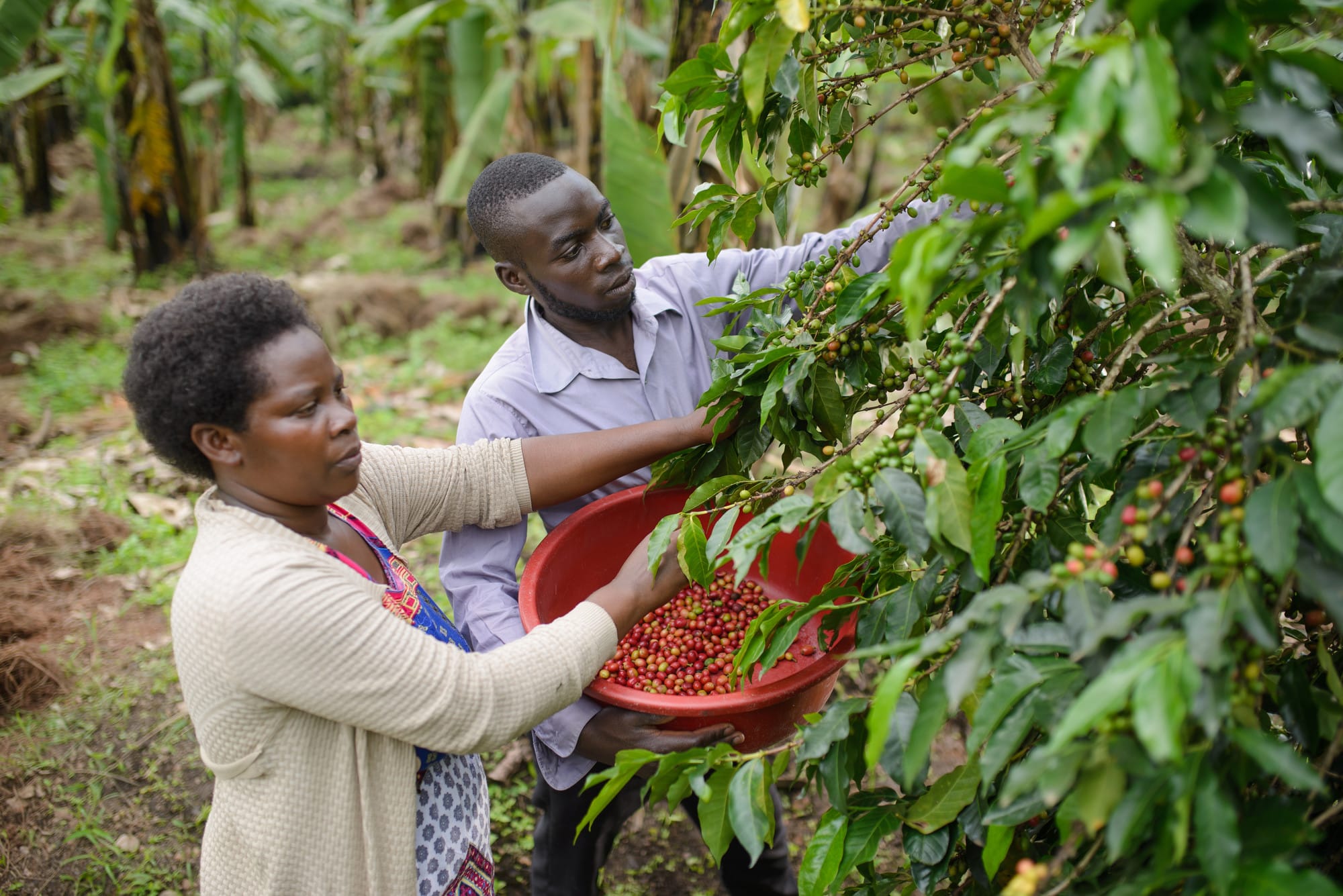
Photo: Farm Africa / Jjumba Martin
The £242,000 UK Aid Match funding enabled Farm Africa to develop the project, which complemented the charity’s existing project in Kanungu, funded by the European Union, which addressed the issues impeding young Ugandans from setting up profitable coffee businesses.
This project aligned with UKAID’s strategic objective 4 on “tackling extreme poverty and helping the world’s most vulnerable populations”, and specifically sub-objective 4.1, which was to “Strive to eliminate extreme poverty by 2030 and support the world’s poorest people to access sustainable basic services[1]”. The project further contributed towards the UN’s Sustainable Development Goals (SDGs), particularly SDG 1 (End Poverty in its all forms everywhere poverty), SDG 5 (Achieve Gender Quality, and empower all women and girls) and SDG 10 (Reduced Inequalities).
A combination of approaches such as Village Savings and Loan Associations (VSLA) and the Gender Action Learning System (GALS) was used to help provide women with greater autonomy at household, farm and cooperative level.
The project established 160 VSLAs, which are groups where women are able to save together and make finance available to invest in each other’s businesses. Over UGX 608 Million (approx. $164,324) was cumulatively saved by VSLAs and about UGX 834 Million (approx. $ 225,405) loans had been given out at 5-10% interest per month.
The GALS approach brings women and men together to explore the economic and social benefits of joint household planning and gender equality.
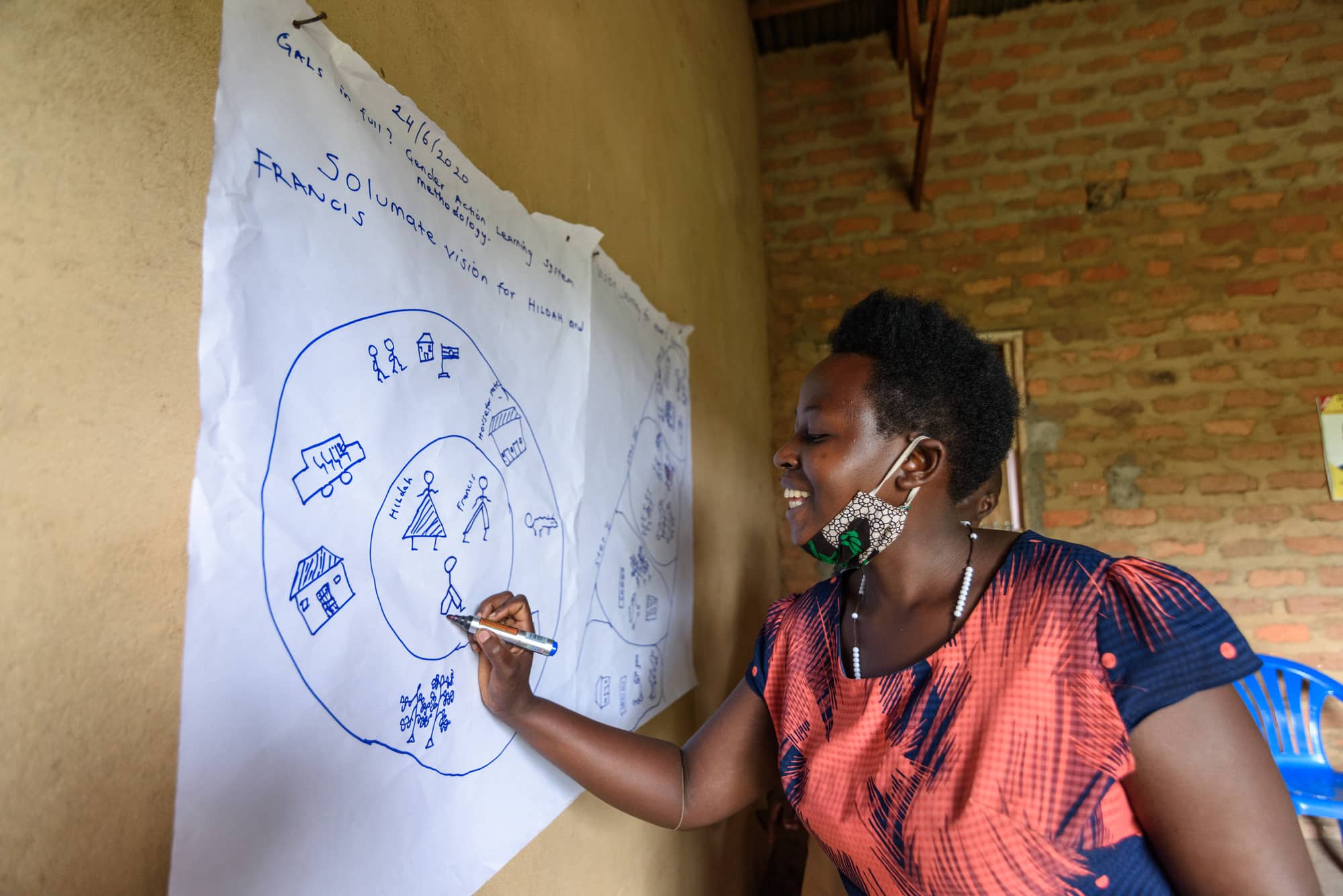
Photo: Farm Africa / Jjumba Martin
We used the Women Empowerment in Agriculture Index (WEAI) to measure the agency and inclusion of women in the agriculture sector.
- Production: We observed a large increase in women’s decision making power about agricultural production on food and cash crop farming, livestock and fisheries, and autonomy in agricultural production. This improved from 22% to 92% at the end of the project. We also saw diversified sources of livelihoods and improved access to financial resources through the VSLA groups; many women own small businesses and diversified their asset base.
- Resources: We observed improvement in women’s ownership of, access to, and decision-making power about productive resources such as land, livestock, agricultural equipment, consumer durables and credit. This significantly improved from 14% to 88% at the end of the project. Women now permanently own the land, with husbands and landlords now freely giving ownership rights to women.
- Income: The project successfully demonstrated women’s sole or joint control over the use of income and expenditure, which increased from 31% at the start of the project to 96% at the end. In addition, improvements in standards of living were noticed for the local population through improved access to finance and income as well as other productive assets.
- Leadership: Women’s membership in economic or social groups and comfort speaking in public increased from 32% to 88% over the duration of the project.
One of the significant achievements of the project was the incomes mobilised from participating in the project that led families to invest in their children’s education and health, helping tackle the issue of intergenerational poverty. Households used the incomes mobilised from the project to improve their children’s education, with many able to pay school fees for private boarding schools. Others used the incomes to access medical care for their children. In addition, there has been an improvement in households’ housing conditions, especially moves from temporary to more permanent housing.
